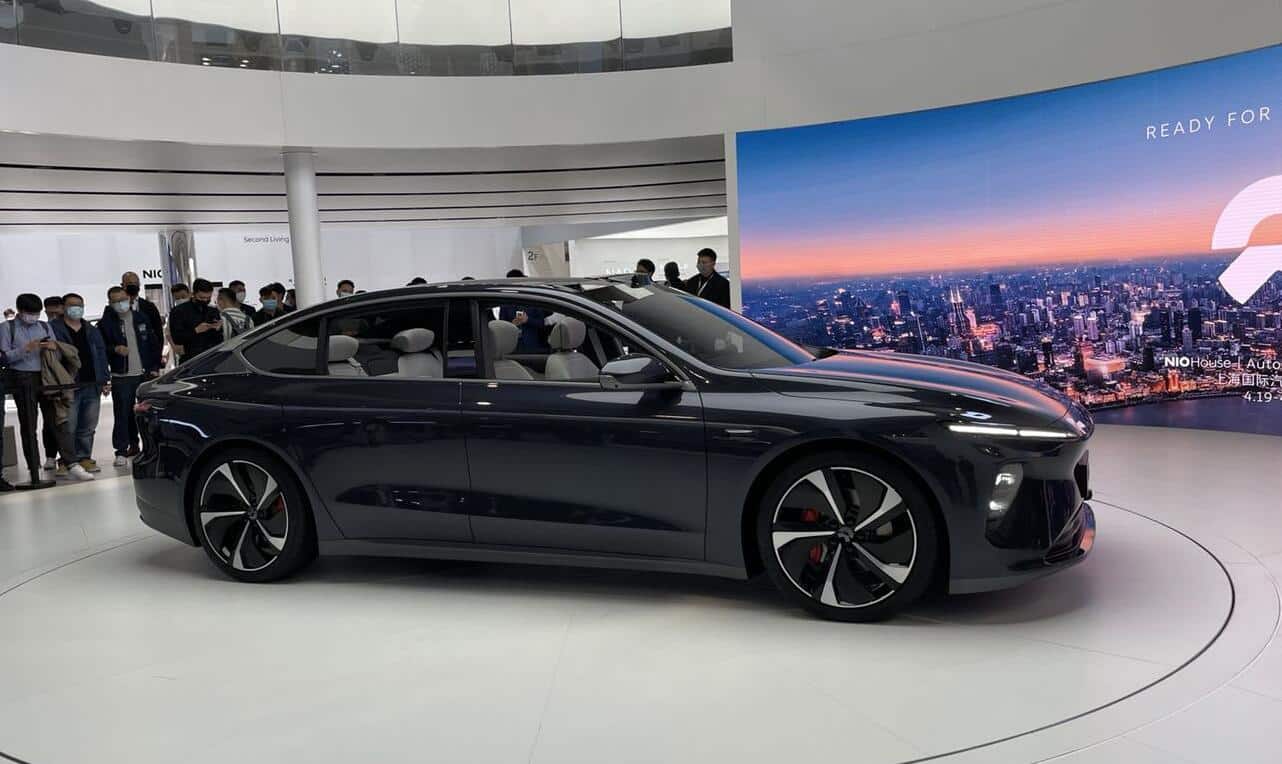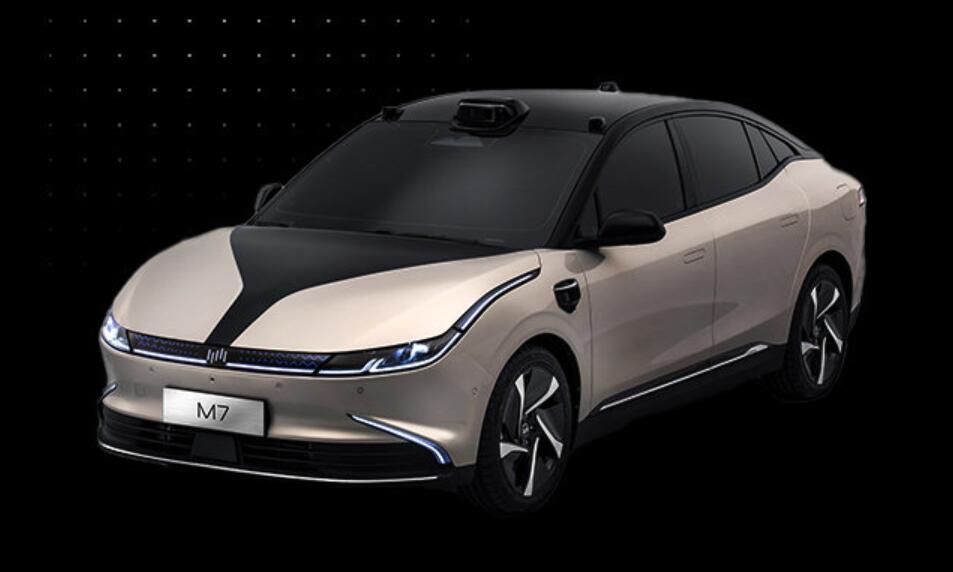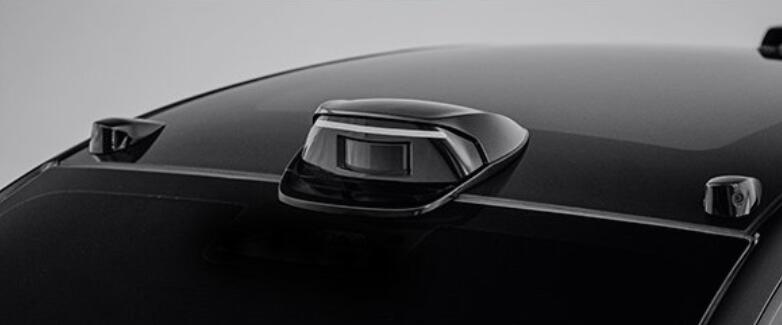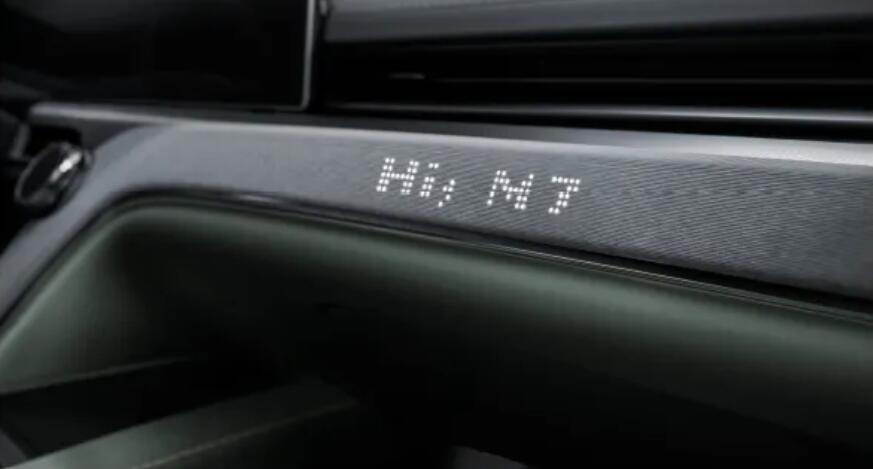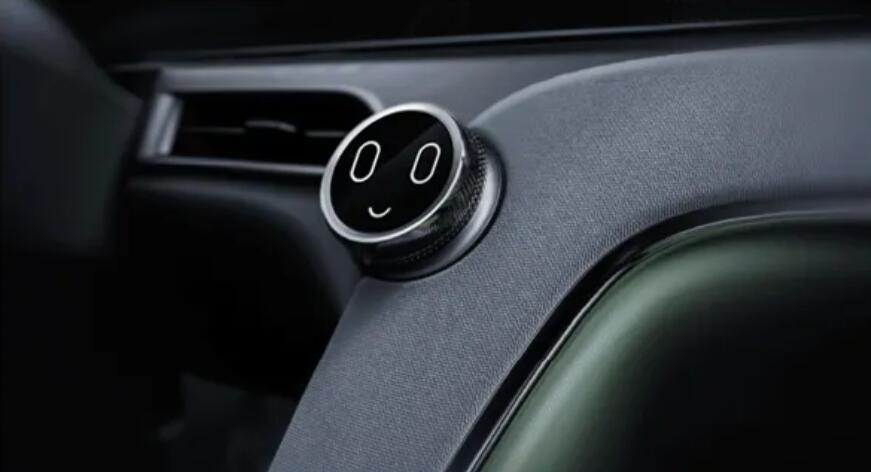Its bold design with three LiDARs may be a compromise for high performance, and it's unclear whether Chinese consumers will pay for it.
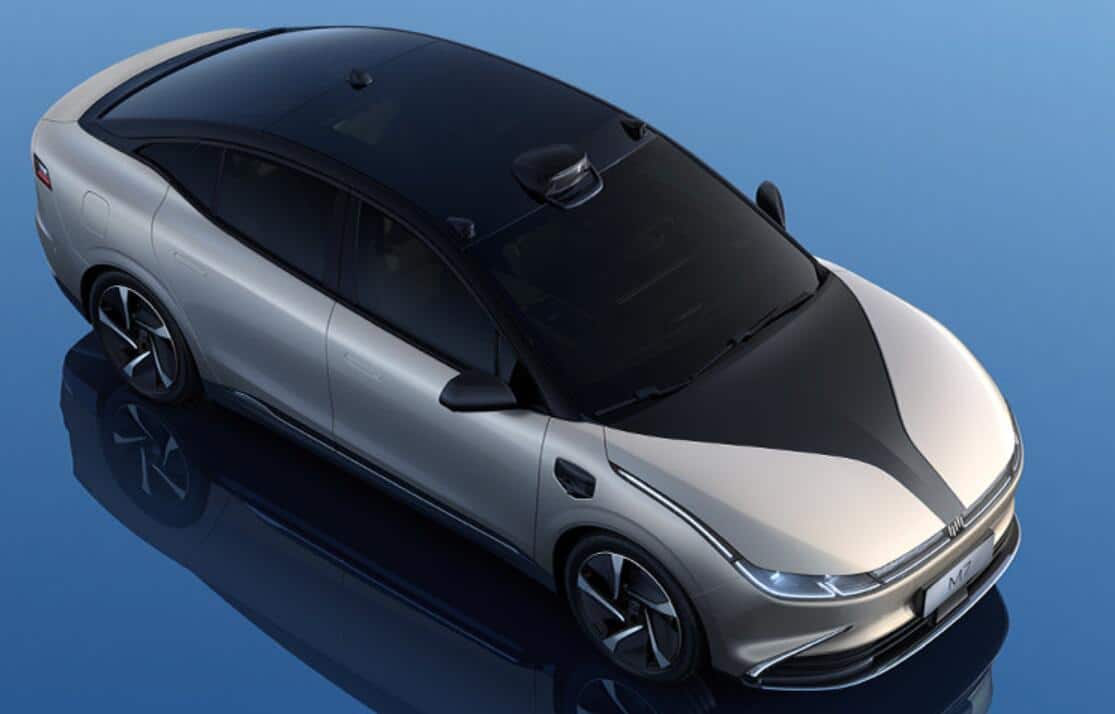
(WM Motor M7. Photo credit: WM Motor)
Chinese electric vehicle startup WM Motor today announced its highly anticipated sedan, the M7, offering superb hardware along with a controversial look.
When Nio announced the ET7 sedan in January this year, its roof LiDAR brought a bulge that once caused some people to be uncomfortable.
(Nio ET7. Photo credit: CnEVPost)
And WM Motor has gone even further with the M7. In addition to what appears to be a more pronounced bulge than the ET7 roof LiDAR, the cameras on either side of that LiDAR and the additional LiDARs equipped on both sides of the body give it an even more pronounced bulge.
This bold design may be a compromise to get high performance, and it is unclear whether Chinese consumers will pay for it.
The model is positioned as a mid-size coupe with a length of 4,930mm and a wheelbase of 2,918mm.
By comparison, the Nio ET7 is 5,098mm long with a wheelbase of 3,060mm. Xpeng Motor's P7 is 4,880mm long with a wheelbase of 2,998mm. the Tesla Model 3 is 4,694mm long with a wheelbase of 2,875mm.
In terms of hardware specifications, the M7 is equipped with top-of-the-line hardware currently available, including most notably three LiDARs, making it the first vehicle announced by a car manufacturer to have three of this component on board.
These LiDARs are able to zoom autonomously, allowing for dynamic adjustment of frame rate and resolution by changing the horizontal and vertical scanning speed depending on different driving scenarios.
On urban roads, these LiDARs can increase the environment-aware frame rate to identify changes in surrounding vehicles earlier. On congested roadways, the M7's LiDARs' frame rate can be automatically increased from 10Hz to 20Hz, allowing for a more responsive response.
On high-speed straight sections, its vertical resolution is increased from 0.2° to 0.1°, meaning that the perception software increases the recognition distance of vehicles from 120-150m to 180-200m, and the detection distance of small static obstacles from 85m to 160m.
These 3 LiDARs work in tandem to give a horizontal coverage of 330° to effectively identify the rise and fall of road gates at toll booths and accurately capture urban complex road targets such as pedestrians and animals, according to the company.
The M7 has as many as 32 sensors. In addition to the 3 LiDARs, it has 5 millimeter-wave radars, 12 ultrasonic radars, 7 8-megapixel cameras, 4 surround-view cameras, and 1 independent high precision positioning module.
Such a large number of sensors also means they require powerful chips to process a large amount of environmental information collected.
The M7 is equipped with four NVIDIA DRIV Orin-X chips with a single computing power of 254 TOPS and combined computing power of 1,016 TOPS, the same as the Nio ET7.
The M7 is also equipped with its third-generation Living Motion energy system and will have an NEDC range of over 700km.
WM Motor says that this high specification hardware is prepared for the future realization of L5 autonomous driving.
In addition to this hardware, WM Motor emphasizes that the M7 is a product that has life and can interact emotionally with the user.
The company hopes to use UWB Bluetooth keys, body light clusters that change through light language, and external speakers to allow the M7 to communicate with the user.
WM Motor said the M7 will be delivered in mass production in 2022, and no price information was announced for the model.

